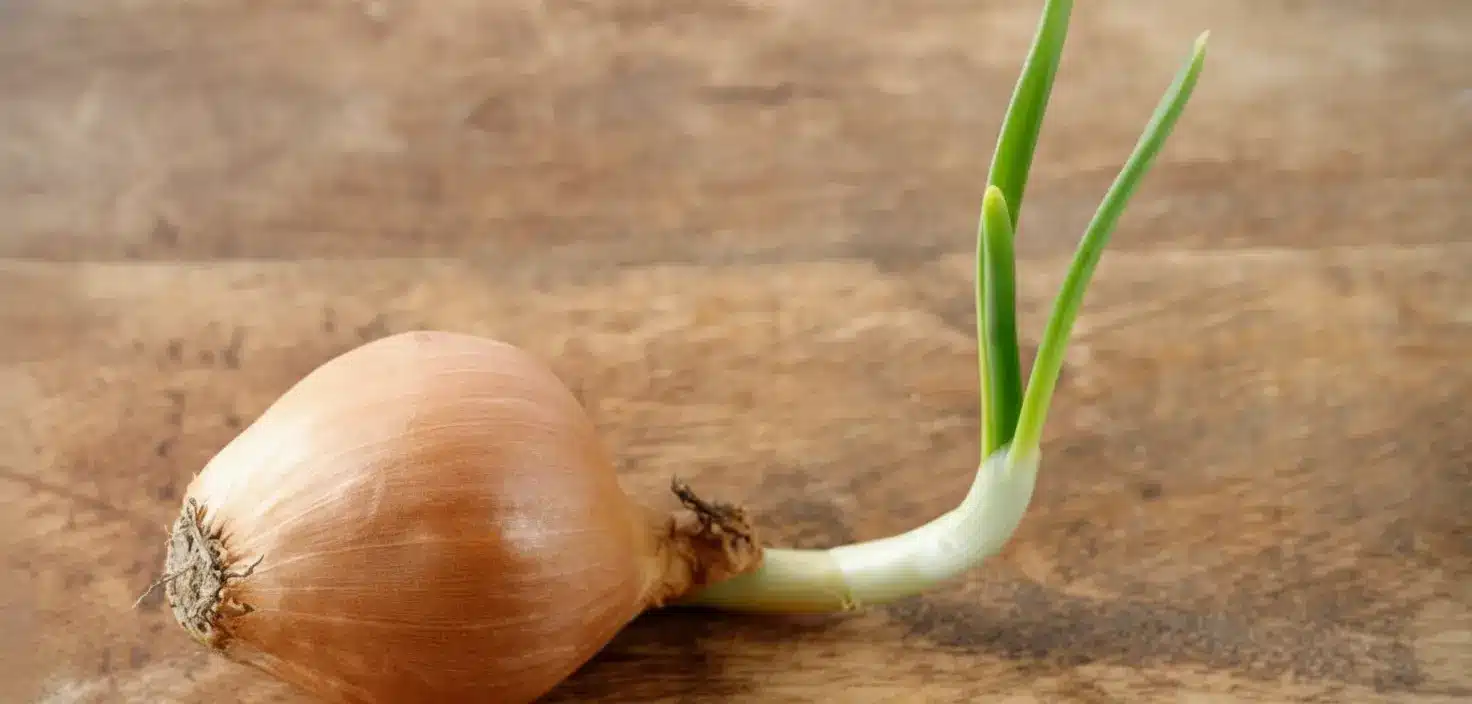Ever opened your pantry to find an onion sporting a jaunty green sprout, and wondered if you should eat it or just quietly return it to the mysterious vegetable underworld? Relax: not only are sprouted onions safe to eat, but they might just surprise you with their culinary potential! Let’s dive into how these overlooked bulbs can spice up your meals, how to store them for success, and what to do if you’re feeling adventurous enough to grow your own.
Are Sprouted Onions Edible? The Surprising Truth
Onions are a beloved mainstay in kitchens all around the globe, but what happens after they start to sprout? Good news: unlike their potato pals, sprouted onions are not only safe for consumption but can actually deliver a punch of extra nutrition. The green shoots, with their fresh and zesty flavor, can give your dishes new life. Finely chopped sprouted greens are delicious in omelets, sprinkled on salads, or used as a finishing touch atop warm rice.
Before you get too gung-ho and start munching on everything sprouted in your pantry, a word to the wise: not all sprouts are friendly. While sprouted onions get a green light for your next meal, sprouted potatoes can lead to an unwanted rendezvous with stomach cramps and headaches. So, stick with onions for your culinary adventures!
The Art of Storing Onions So They Last
Keeping onions in tip-top shape requires a smidge of planning and a little TLC. The gold standard for storage? Kraft paper bags! Pop your onions in these bags, seal them tightly, and find a cool, dark spot to stash them—ideally somewhere between 18 to 20°C (64 to 68°F). But don’t just toss them and forget them. A regular check-in is key. One bad onion can spoil the party, causing trouble for the rest—talk about peer pressure! To avoid a cascade of spoilage, don’t pack too many onions together. Give your bulbs some breathing room and minimize the risk of contamination.
Growing Sprouted Onions at Home: Easy and Rewarding
Feeling green-thumbed? Turning sprouted onions into new plants is easier than you’d think. First, size up the space you have and decide if you’re the weeding-by-hand type, or if you prefer to employ a trusty tool. Then, take your sprouted onion bulb and nestle it into loose soil, but don’t bury it like buried treasure—two-thirds depth is perfect. Onions love moisture, so keep the soil regularly watered.
- If the base begins to wilt, a quick repot with fresh soil and water might revive it.
- Consider adding slow-release fertilizer or a sprinkle of organic waste—wood ashes, anyone?—to give your onion the nutrient boost it needs.
- Harvest time arrives when the stem dries out and turns yellow. Gentle hands are essential here: no rough handling for your precious homegrown onion!
Unlocking the Culinary Potential of Onions (and Their Sprouts)
Calling all cooks! Onions are truly the unsung hero of countless dishes. Whether lending depth to a classic onion soup or adding a subtle sweetness to a quiche, tart, or Shepherd’s pie, they do it all. The creative options for cooking with onions are nearly endless—add sprouted greens, and you open the door to even more unique flavors and nutritional perks. Your not-so-photogenic sprouted bulb just became a secret weapon in the kitchen.
In summary, toss out the idea that sprouted onions belong in the bin. Not only are they perfectly safe, but with a dash of creativity and the right storage, they can elevate your home cooking in unexpected ways. Following proper onion storage doesn’t just mean fewer tears when you slice into them (well, maybe not…), but also a longer shelf life and less food waste. Whether you’re whipping up a comforting meal or feeling adventurous in the garden, onions remain an indispensable ingredient in the story of great food. Embrace these tips, enjoy the flavors, and watch your kitchen (and maybe even your garden) come alive!

John is a curious mind who loves to write about diverse topics. Passionate about sharing his thoughts and perspectives, he enjoys sparking conversations and encouraging discovery. For him, every subject is an invitation to discuss and learn.






